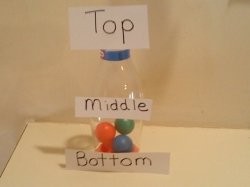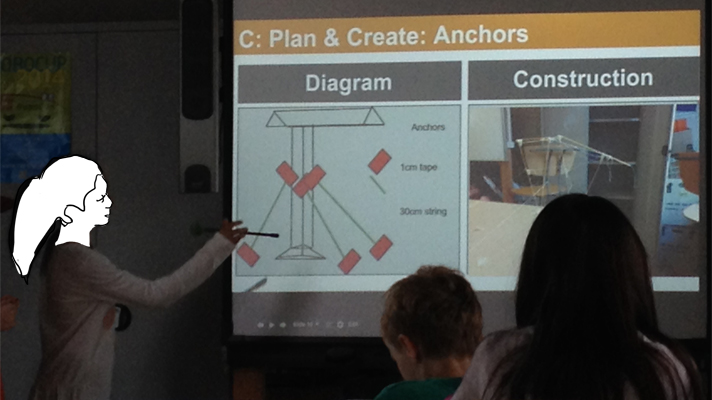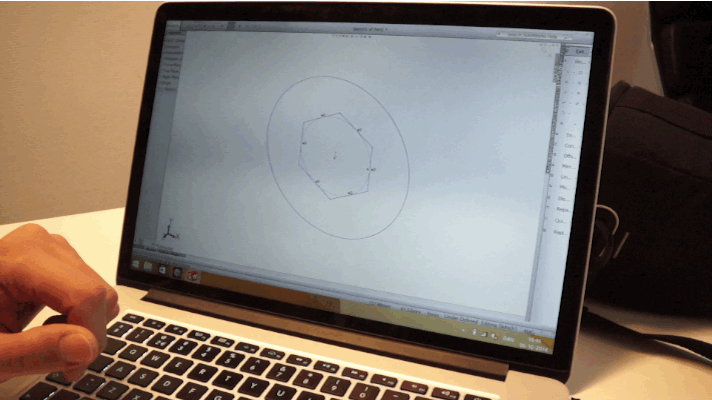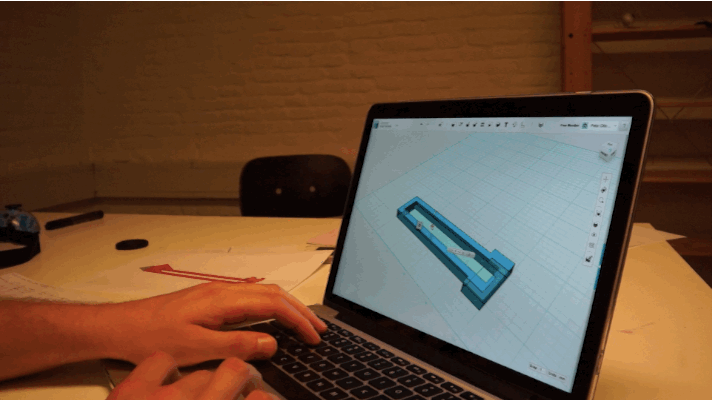Learning, interactions, and technology
I approached my final project with a focus on learning tools.
Doing with images makes symbols.
– Alan Kay, 1987
I wanted to apply Kay’s insight to my own background, engineering and technology.
My own education in engineering was full of challenges and struggles, and I saw the positive impacts of kinesthetic, hands-on learning.
How can I make engineering and technology more accessible to non-experts?
How can I get kids excited about diving into the complexity of these subjects?
Draw a bicycle from memory.

Conceptualizing 3D mental models: Building with construction toys

Developing spatial skills: Learning a vocabulary

The next step in construction: digital fabrication


“We don’t teach 3d yet because 3d is hard for kids”


- Steep learning curve for existing CAD
- Cumbersome interactions

Thus, my design challenge:
How might we teach children the basics of 3d modeling in a fun, playful way that gets them engaged in imagining and materialzing complex creations?
How can I make 3d modeling more accessible to non-experts by creating new interaction paradigms for creation that are intuitive and unconstrained by existing digital tools?
How can I get kids excited about diving into the complexity of 3d modeling and geometry by developing mental models and spatial vocabulary?
I’m taking an experimental approach to the next 7 weeks:
-
User driven
e.g. 3D modeling class/workshop, gesture brainstorming -
Interaction driven
e.g. 2D and 3D boolean geometry activities, paper folding as 3d modeling gestures -
Technology driven
e.g. Kinect gesture experiments, CAD camera controller, Open Frameworks
I want to keep my learning goals in mind.
- Maximize my own learning
- Construct compelling narratives
- Refine skills in graphic design, aesthetics
- Experiment with browser-based technologies
7 weeks left…

I acknowledge that there’s a lot of stuff. Here’s some feedback I’m looking for…
- How to prototype “smart” and move quickly
- The best way to approach testing with kids
- Techniques for planning and acquiring user research
- If there’s a particular focus that’s more interesting
What I’ve already done…
- Looked at existing research.
- Interviewed a middle school design teacher.
- Observed a 6th grade design class.
- Interviewed 2 experts in 3D printing.
